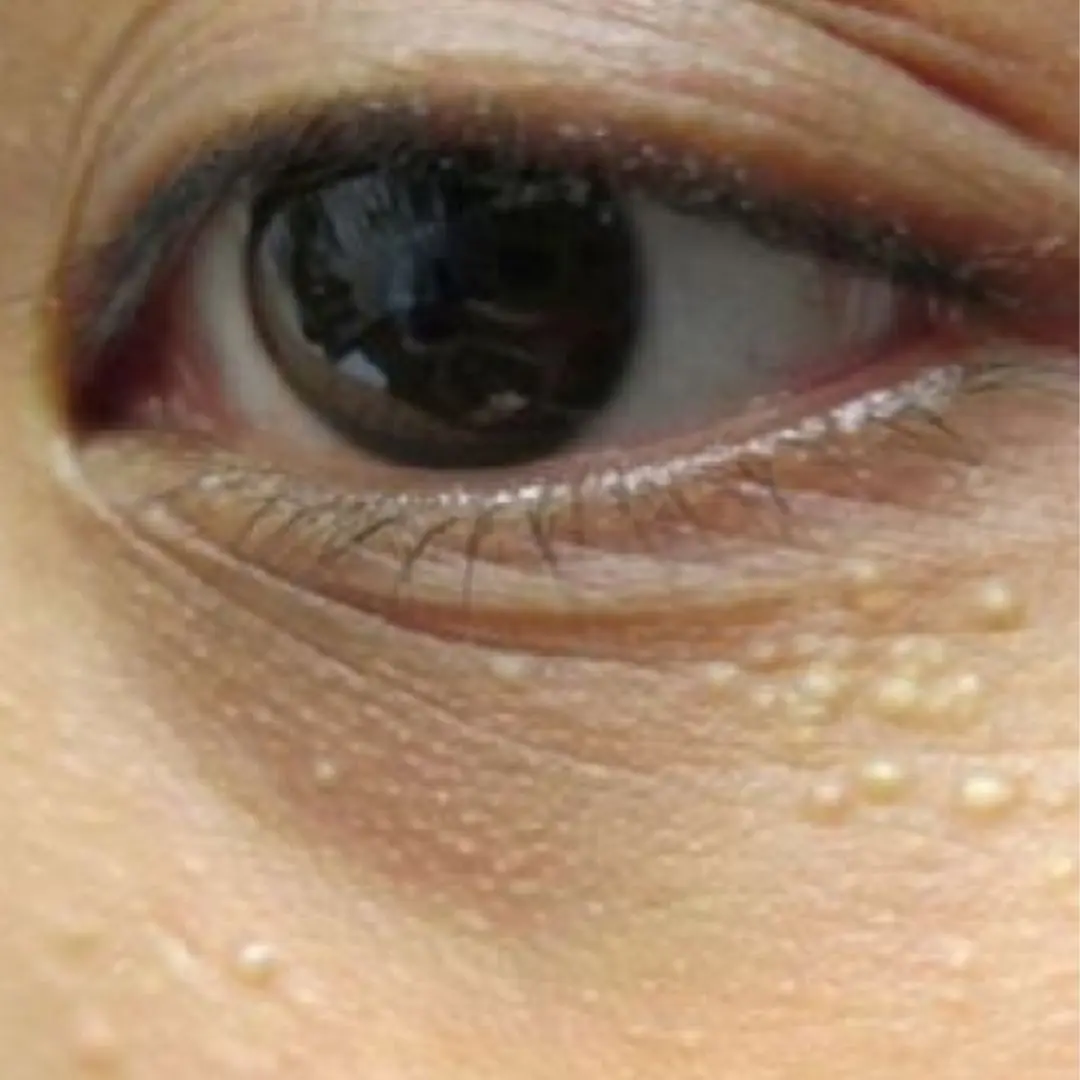
Tetanus Infection – Early Warning Signs
Tetanus is an extremely dangerous bacterial infection that causes severe pain and has a high mortality rate. What is the most effective method for preventing infection? Let’s explore in the article below.
I. Overview of Tetanus
1. What is tetanus?
Tetanus is a highly dangerous bacterial infection caused by a powerful neurotoxin called tetanospasmin, produced by the bacterium Clostridium tetani. This bacterium typically thrives in wounds under anaerobic conditions. Tetanus is characterized by painful muscle stiffness that usually starts in the jaw muscles, facial muscles, and neck muscles before progressing to affect the whole body.
Clostridium tetani bacteria
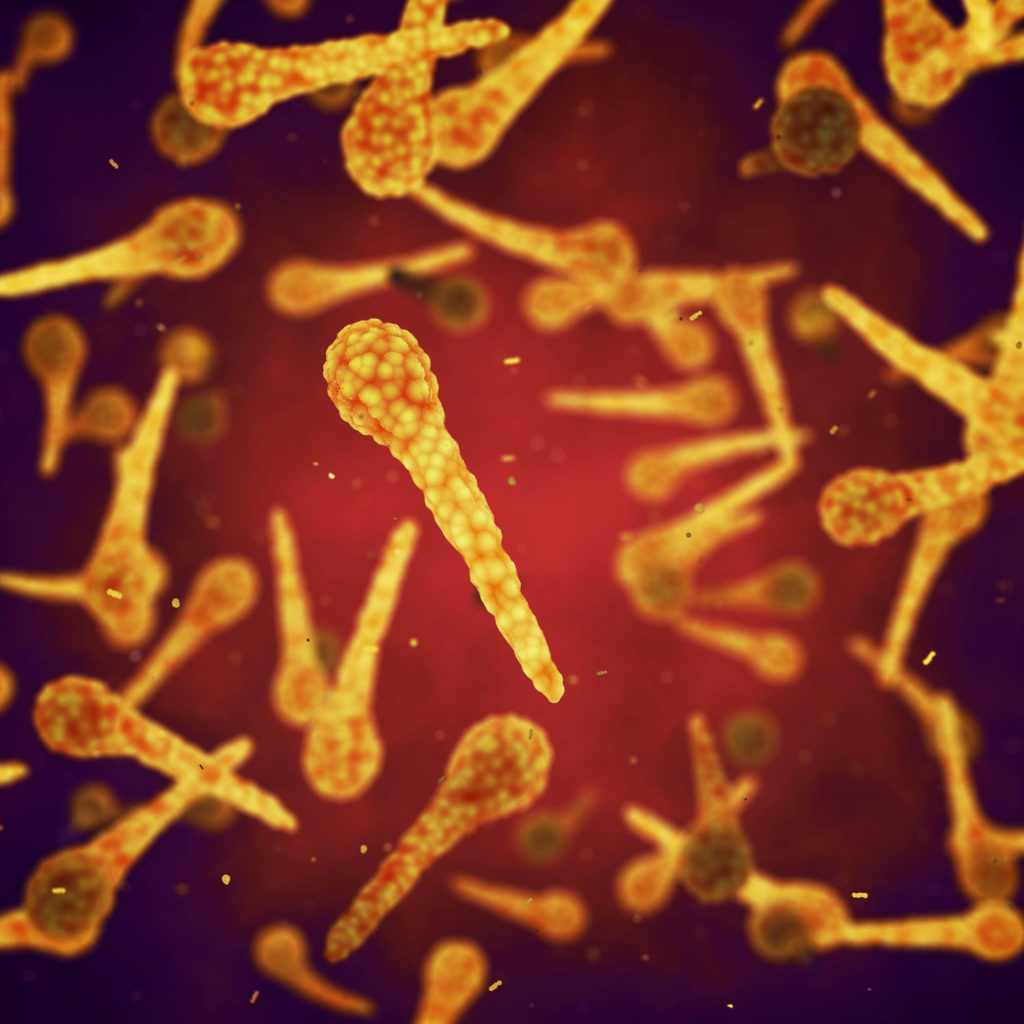
2. Causes of tetanus
Tetanus bacteria commonly live and grow in soil, animal feces, and anaerobic environments—these are the main sources of infection. Tetanus is not a contagious disease. The bacteria do not spread from person to person but can infect through open wounds that come into direct contact with contaminated environments. The bacteria enter the body through deep wounds contaminated with dirty soil, human or animal feces, crushed wounds, or unsterile injections.

High-risk groups for tetanus infection include:
– Gardeners
– Environmental sanitation workers
– Poultry and livestock farm workers
– Construction workers
– Soldiers and youth volunteers
People at high risk of tetanus infection
In addition to the above causes, tetanus bacteria can also enter the body through surgical wounds, abortion procedures, or childbirth. Neonatal tetanus is commonly seen in newborns, usually appearing around two weeks after birth, with symptoms like refusal to breastfeed and full-body muscle stiffness. If not treated promptly, the risk of death is high.
II. Early Signs of Tetanus Infection
1. Incubation Period
The incubation period is from the time of injury to the first symptom of tetanus, typically jaw stiffness, occurring within 3 to 21 days. The length of the incubation period depends on the location and severity of the wound and the individual's health. On average, symptoms appear around day 7. The shorter the incubation period (under 7 days), the more severe the disease.
2. Onset Stage
The onset stage begins when jaw stiffness first appears and lasts until the first seizure or throat and larynx spasms appear, usually within 1 to 7 days. A shorter onset (less than 48 hours) indicates a more severe illness.
Common symptoms during this stage include:
– Jaw fatigue
– Difficulty speaking
– Feeling of obstruction while swallowing
– Difficulty chewing
– Difficulty opening the mouth (lockjaw or trismus—a hallmark symptom)
Other muscle stiffness symptoms may include:
– Facial and jaw muscle stiffness causing a “forced grin” appearance
– Neck muscle stiffness causing the neck to tilt backward, with prominent sternocleidomastoid muscles
– Back muscle stiffness causing arching or straightening of the back
– Abdominal muscle stiffness, with noticeable firm abdominal muscles
– Chest and intercostal muscle stiffness
– Upper limb stiffness (arms remain bent)
– Lower limb stiffness (legs remain extended)
– Muscle stiffness triggered by stimuli, accompanied by sweating, restlessness, and high fever
3. Full-blown Stage
This stage typically lasts for about 3 weeks, with symptoms including:
– Continuous full-body muscle stiffness, severe pain, and an arched back posture known as opisthotonos
– Laryngeal spasms causing cyanosis, difficulty breathing, and potentially respiratory failure or cardiac arrest
– Pharyngeal spasms causing swallowing difficulty and choking
– Sphincter spasms causing urinary and bowel retention
– Full-body seizures: the patient remains conscious, clenches fists, arches the back, bends arms, and extends legs; spasms can lead to respiratory and cardiac arrest
– Autonomic dysfunction: pale skin, profuse sweating, excessive salivation, high fever (39–40°C), unstable blood pressure, and cardiac arrest
A patient experiencing seizures being treated in a hospital

4. Recovery Stage
The recovery stage begins when the seizures reduce in severity and frequency, the mouth begins to open again, and the swallowing reflex returns. This period can last from several weeks to several months, depending on the severity of the disease.
III. Dangerous Complications of Tetanus
If not detected and treated in time, tetanus can lead to serious complications with a guarded prognosis:
– Bone fractures: severe muscle spasms or seizures can cause bone fractures in extreme cases
– Pneumonia: respiratory infections from aspirated stomach contents can develop into pneumonia
– Seizures: if the infection spreads to the brain, epilepsy-like symptoms may appear
– Pulmonary embolism: blood clots in the lungs can disrupt respiratory and circulatory function; treatment may require oxygen and anticoagulants
– Severe kidney failure: intense muscle spasms can damage muscle tissue, releasing protein into the urine and potentially leading to kidney failure
– Cardiovascular complications: patients may experience erratic blood pressure, sudden drops, arrhythmia, or cardiac arrest

IV. Effective Prevention Methods
Experts agree that vaccination against tetanus is the most effective prevention method. Vaccination ensures temporary immunity from infection. The following groups are especially recommended to receive tetanus vaccines:
– Pregnant women and newborns: Vaccination during pregnancy is critical to protect both mother and baby, as neonatal tetanus has a mortality rate of up to 90%.
– Farmers: Due to frequent contact with soil and animal waste, farmers are at high risk of tetanus infection through open wounds.
– Factory workers: Workers often operate in less sanitary conditions, increasing their risk of infection. Vaccination helps greatly reduce this risk.
Vaccination against tetanus for pregnant women
Tetanus is a dangerous disease if contracted. However, with proper preventive care, you can build long-term immunity and worry less about open wound injuries.
News in the same category


Just 1 oregano leaf per day and you won't suffer from any more.
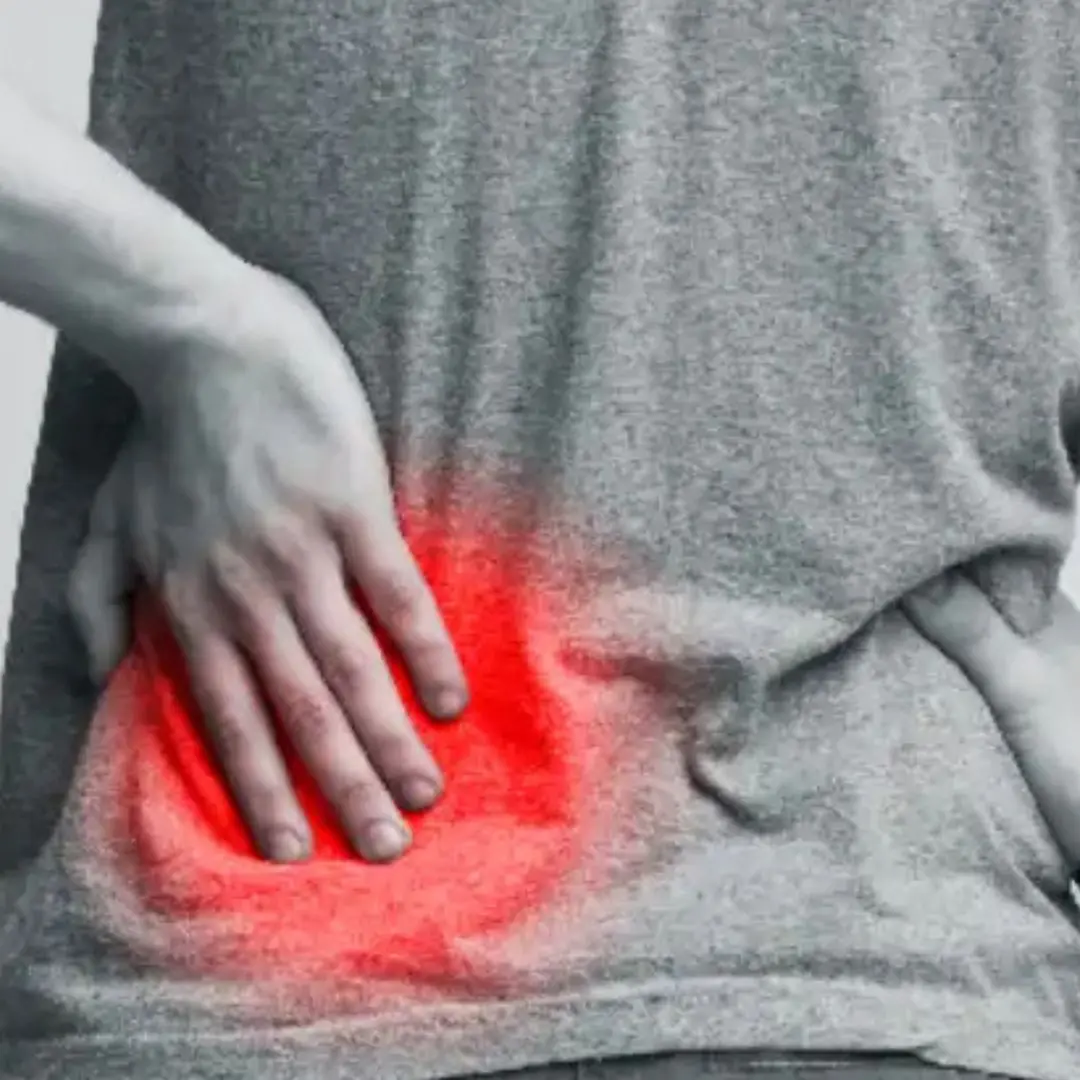
5 signs that your kid.neys are weak, you should see a doctor immediately

5 amazing benefits your body gets when you eat one clove of garlic every day

The Age-Defying Herb: How Rosemary Supports Brain Health, Immunity, and Emotional Balance

8 Reasons You May Be Waking Up With a Dry Mouth at Night — What You Need to Know

Did You Know Waking Up at 3 or 4 A.M. Could Be a Clear Warning Sign of Something Serious?

5 Groups of People Who Must Avoid Avocado — Even If They’re Craving It Like Crazy

Off The Record One Month Before A Heart Attack, Your Body Will Warn You Of These 7 Signs
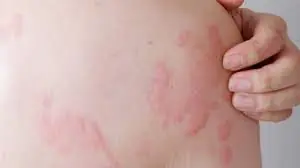
Two it.chy body parts may signal liver can.cer - Many people mistakenly think it is an all.ergy

4 Vegetables Proven to Help Reduce Can.cer Risk
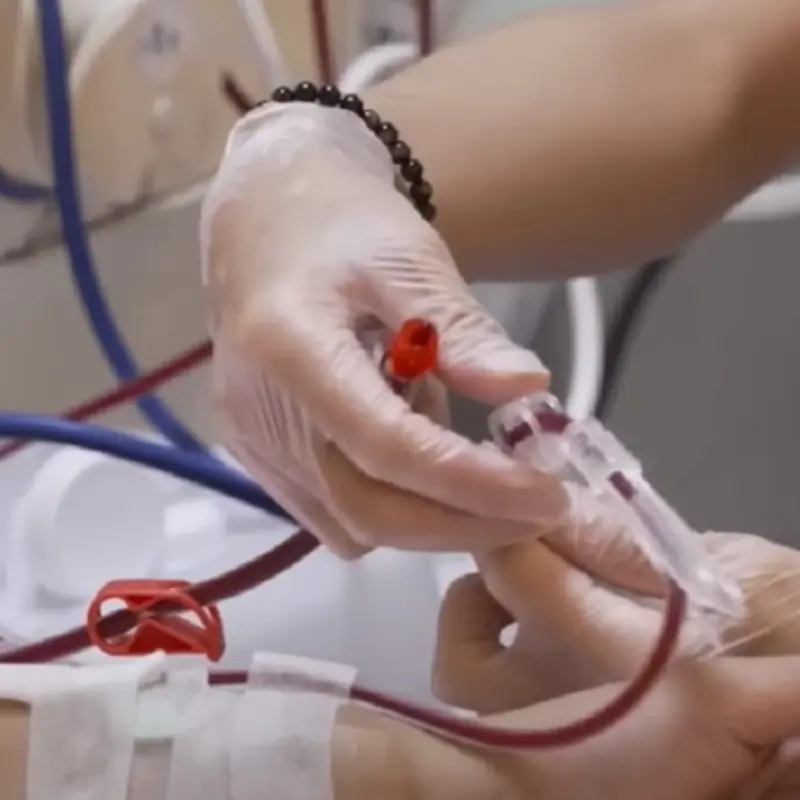
Severe Kid.ney Failure at Just 28: Doctors Reveal the One Habit He Kept for 9 Years

5 Types of Fish Contaminated with Me.rcury You Should Avoid

11 remarkable truths about purslane - the wonder plant we’ve been overlooking for far too long
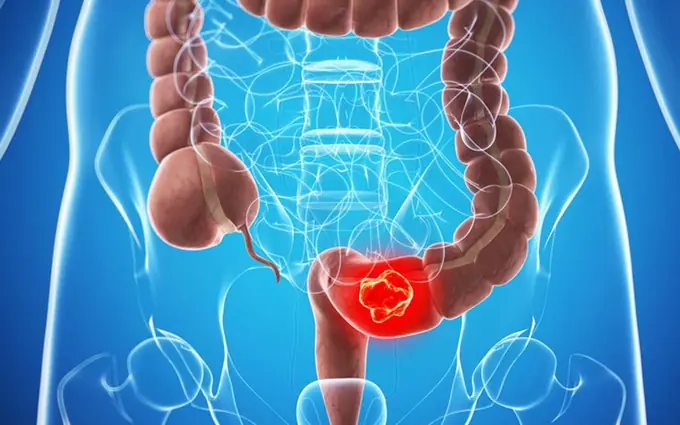
The early discovery of colon polyps is key to stopping can.cer before it starts
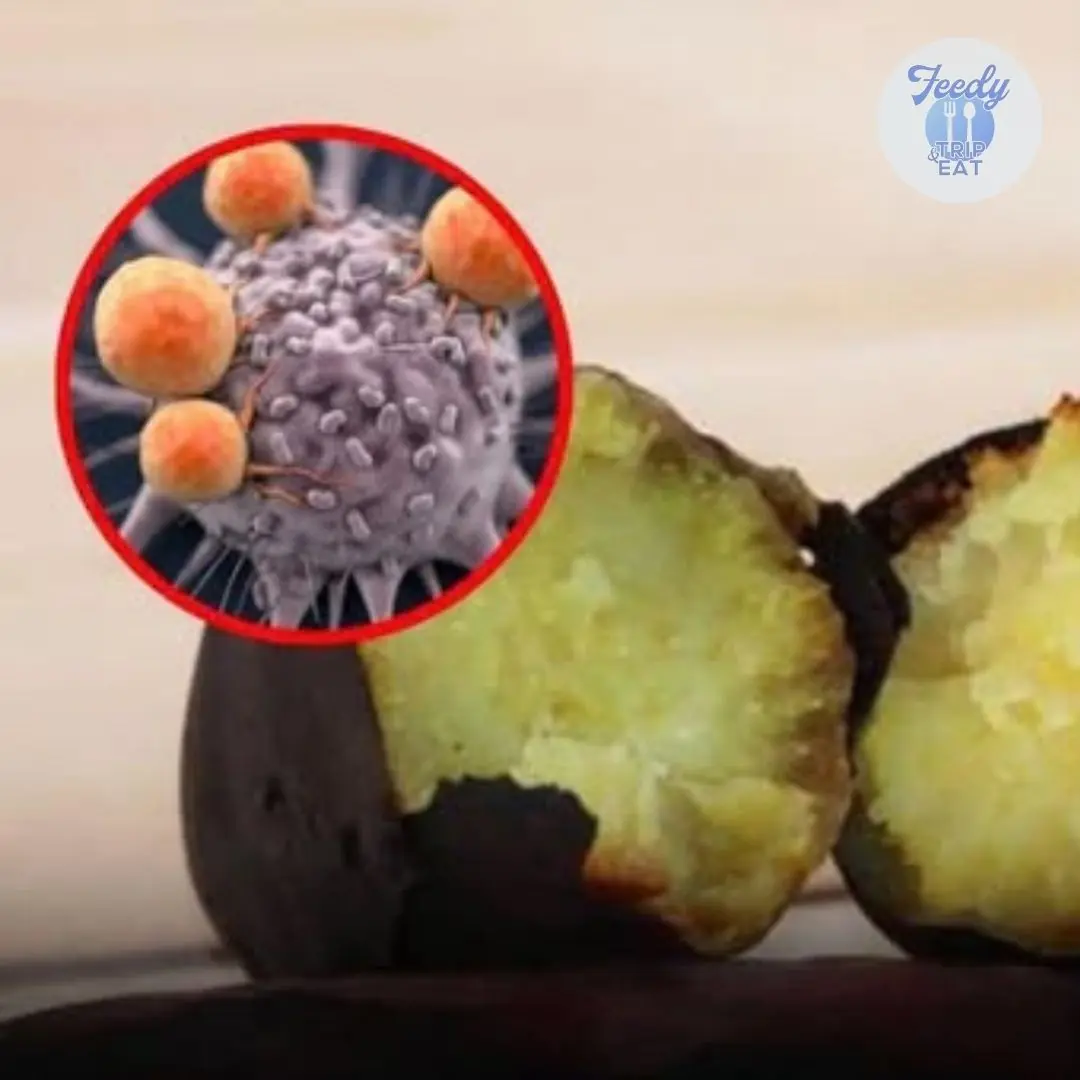
Japan Considers This the “Strongest Anti-Canc.er Food” — Vietnamese People Have Eaten It for Thousands of Years
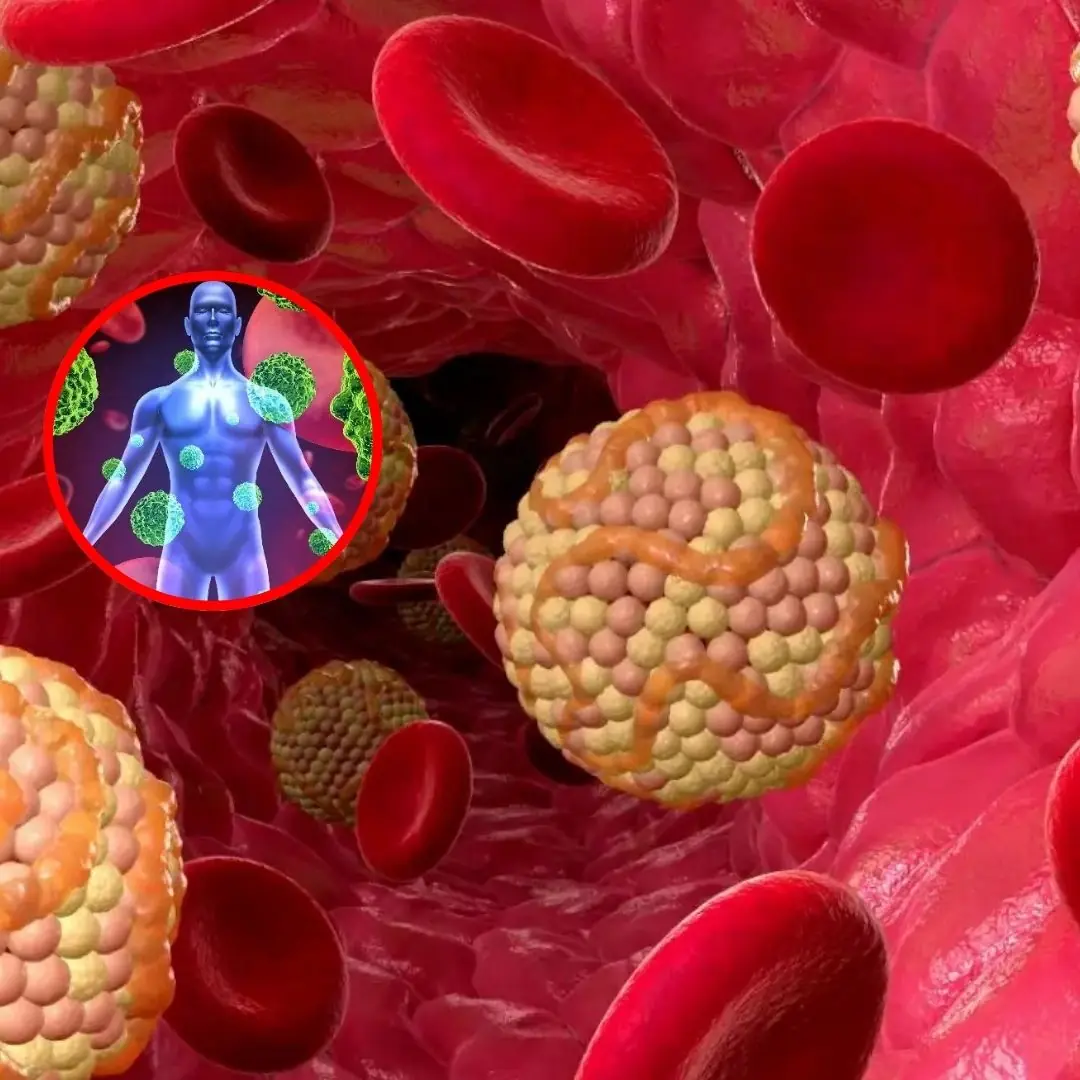
Warning: 10 Overlooked Symptoms That Could Signal B.l.o.o.d Can.cer
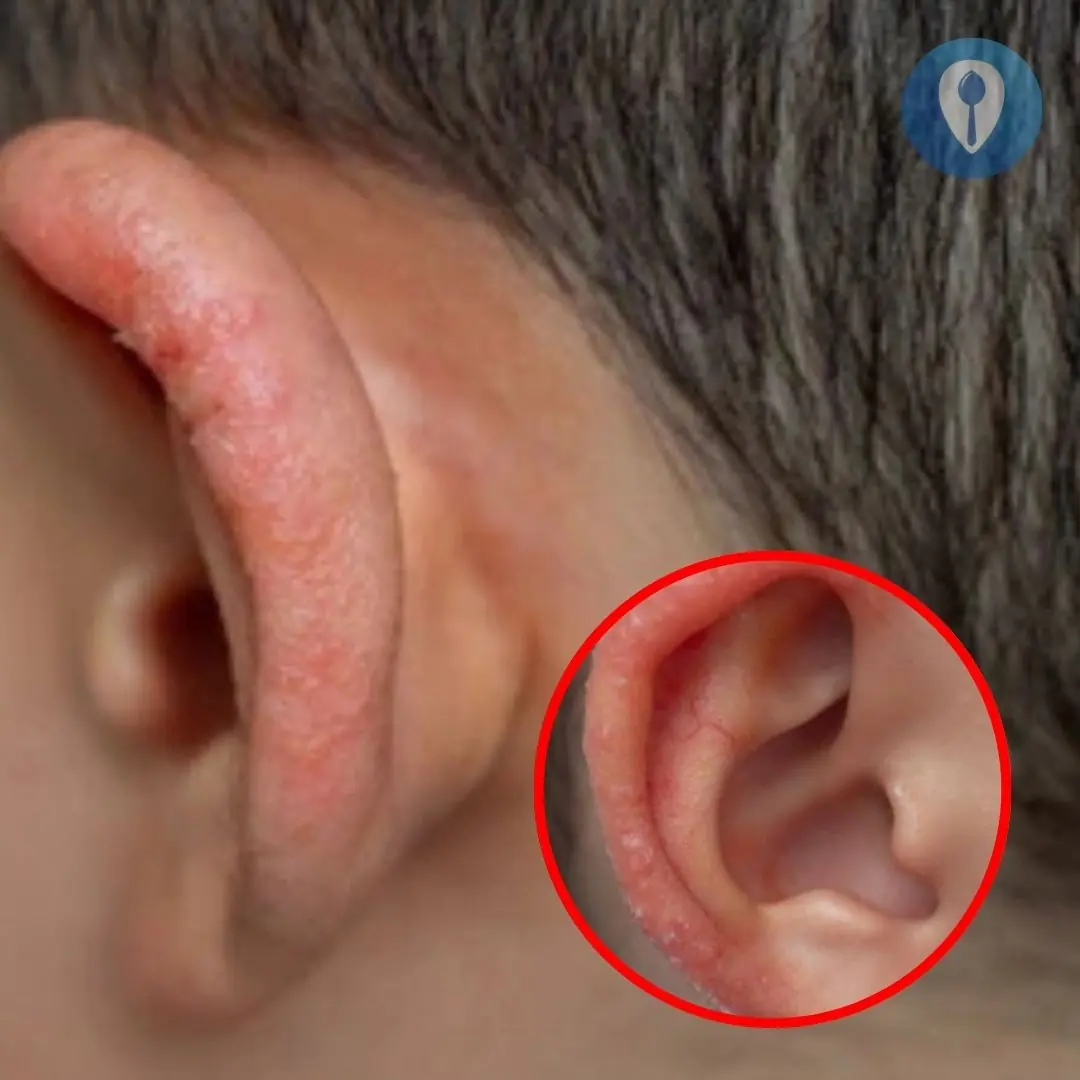
I noticed a strange patch of skin on my son’s ear this morning. His doctor appointment is still a week away — what should I do in the meantime?

Three nighttime symptoms during sleep that you should never ignore — they may signal that your body needs medical attention.

Why do gums bleed? And the unpredictable dangers to your health
News Post

White Spots Under the Eyes? Here’s What Milia Really Is — Causes, Risks, and the Treatments That Actually Work

Just 1 oregano leaf per day and you won't suffer from any more.

5 signs that your kid.neys are weak, you should see a doctor immediately

5 amazing benefits your body gets when you eat one clove of garlic every day

When Someone in the Family Passes Away, Never Throw Away These 4 Things at Their Funeral

Bit:ten by a Snake? Do These Things First to Stay Safe

If you hear ringing in your ear, this is a sign that you will suffer from...

When a cat rubs against you, this is what it means

Why do dogs often chase strangers

Avoid ginger if you have these 5 health problems..

Pesto Puff Pastry Christmas Trees

6 Plants That Attract Snakes Into Your Home

Roasted Brussels Sprouts & Butternut Squash
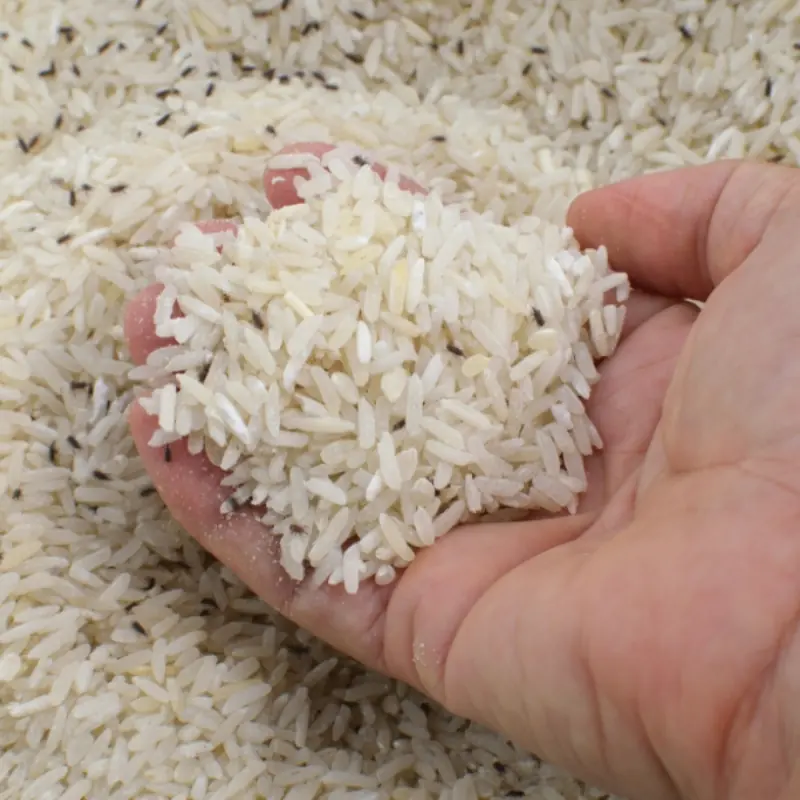
How to Store Rice to Prevent Weevils and Mold: Simple Tips to Keep It Fresh

The Age-Defying Herb: How Rosemary Supports Brain Health, Immunity, and Emotional Balance

8 Reasons You May Be Waking Up With a Dry Mouth at Night — What You Need to Know

Cheesy Garlic Butter Corn (Skillet Style)

Garlic Butter King Crab Legs

Seafood Linguine with Shrimp and Mussels
